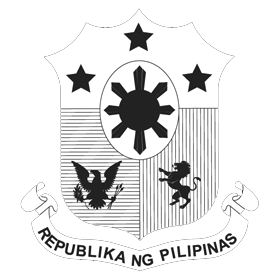
SEA BOUNTY. Tuna catch by Dilavo Fishermen Association in Pasuquin, Ilocos Norte on March 26, 2024 through the eco-friendly fish trap technology lambaklad. The Bureau of Fisheries and Aquatic Resources-Ilocos Region said the PHP27.2 million damage to aquaculture due to the El Niño phenomenon can be considered minimal. (Contributed photo/Dilavo Fishermen Association)
MALASIQUI, Pangasinan – The Bureau of Fisheries and Aquatic Resources (BFAR) recorded PHP27.2 million worth of damage in Ilocos Region’s aquaculture industry due to the El Niño phenomenon, or just less than one percent decrease from the expected first quarter production
BFAR Ilocos Region chief aquaculturist Remely Lachica, in a phone interview on Tuesday, said the dry spell as a result of the El Niño decreased aquaculture production by 193.42 metric tons and affected 2,208 fisherfolk.
She said about 362 hectares of fishponds in inland municipalities and about three hectares of seaweed farms were affected.
Other production areas, like fish cages in mariculture and brackish water pond, where water supply is continuous were spared.
“The damage did not even reach one percent of the total production recorded in the first quarter of 2024. Based on the Philippine Statistics Authority, aquaculture production all over the region was 33,173.96 metric tons,” she said.
She also noted that production in the first quarter this year is lower by 2.2 percent, or 792 metric tons, compared to the same period last year but not due to El Niño.
She said low fingerlings supply and the cold weather from late last year to February this year affected feeding and growth, while regulatory requirements in protected areas for fishpond operation in mariculture parks hampered production in La Union and Ilocos Norte.
The high cost of feeds and fuel and low water levels were also factored in, she added.
Nonetheless, fisherfolk in captured fisheries category said El Niño also improved their production since there were no typhoons and operations were unhampered.
Lachica said information dissemination conducted as early as the last quarter of 2023 cushioned the dry spell’s impact on the aquaculture sector.
“If before, their stocking intensity was at intensive level, we told the fisherfolk to reduce it so that it will not be crowded, especially if their production area has no aeration and to ensure enough space for the fishes and ensure water quality,” she said.
Fisherfolk were also advised to have backup aeration system in case the temperature rises, aquasheets to serve like umbrellas to lower the temperature, and to avoid excessive feeding that might result in water pollutants, Lachica said.
Lachica said they are working on a rehabilitation proposal for possible funding for affected fisherfolk. (PNA)
 The Philippine News Agency is a web-based newswire service of the Philippine government under the supervision of the News and Information Bureau (NIB) of the Presidential Communications Office (PCO).
The Philippine News Agency is a web-based newswire service of the Philippine government under the supervision of the News and Information Bureau (NIB) of the Presidential Communications Office (PCO).